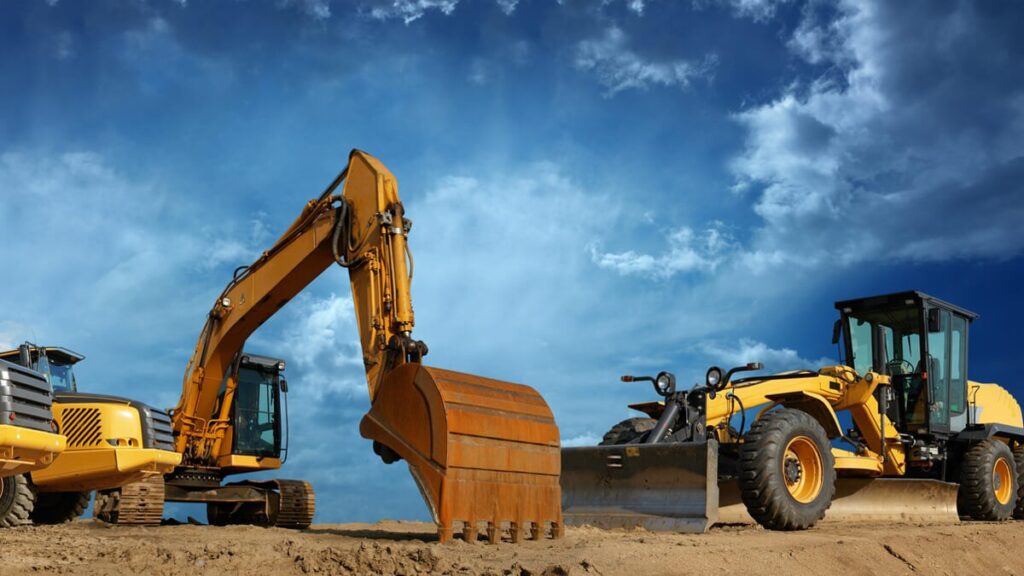Every construction project requires heavy equipment to get the job done right. From building roads, bridges and dams to forestry projects and even road maintenance, laborers use these machines to move large quantities of earth or rock around their sites.
When you’re looking to rent one of these machines, several options are available to suit your needs. This guide will cover the top heavy equipment services needed to keep your construction project on track.
Backhoes
Backhoes are versatile construction equipment that can accomplish various tasks on job sites. They can be used for concrete lifting & leveling, digging trenches in utility and civic works, and landscaping projects, such as creating small ponds or moving topsoil.
Despite their versatility, it’s essential to understand your specific needs before choosing the right backhoe for the job. This includes project size and scope and the power available to your backhoe.
Backhoes come in a variety of sizes, with each offering a certain amount of horsepower and bucket capacity. In addition, each size can be equipped with various attachments that increase their capabilities. These include rippers, breakers and drills.
Bulldozers
Bulldozers, or dozers (also called crawlers), are large, motorized machines equipped with a metal blade in the front to push soil, sand, snow, rubble, or rock during construction work. They run on heavy-duty tracks and usually feature a ripper at the rear to loosen dense materials.
Bulldozer blades are available in several shapes adapted for different purposes. A straight (“S”) blade is short with no lateral curve or side wings and can be used for fine grading. A universal (“U”) blade is tall and very curved, with side wings to carry more material, and a combination blade (“S-U” or semi-U) is shorter, with less curvature and smaller side wings, which is best suited for pushing piles of large rocks.
Bulldozers also come with rippers installed at the back, which are long hook-like devices that function like a claw to break up dense surfaces and make them easier to handle and move. Bulldozers are often used in construction, road building, mining, forestry, and farming.
Skid-Steer Loaders
Skid-Steer loaders are a type of loader that can be an excellent addition to your fleet. They are versatile and can be used for many earthmoving and construction tasks, including demolition, road work, landscaping, grading, etc.
These machines can be wheeled or rubber tracked with various attachments. They are also lighter and less expensive than larger articulated and front-end loaders, making them an excellent choice for crews on a budget.
They are efficient and dependable machines with exceptional maneuverability. They are capable of turning in tight spaces and navigating tricky terrain.
A skid steer’s hydraulic system is responsible for lifting and maneuvering the machine’s bucket. If the hydraulic cylinders, pumps or hoses leak or are worn, it could result in downtime and increased maintenance costs.
Excavators
Excavators are essential heavy equipment services for any construction project. They help dig trenches, build foundations, and move large loads of soil.
They can also be used for various other tasks, including material handling and demolition. They come in a wide range of sizes to accommodate many different jobs.
A typical excavator has a boom, arm, bucket, rotating cab, and tracks or wheels. They can also be affixed with various attachments that can perform various tasks.
There are several types of excavators, but the most common are general-purpose excavators, crawler excavators, and long-reach excavators.
When selecting an excavator, it’s essential to consider the maximum digging depth, the reach of the boom, and the lift height. The lift height is critical to load materials onto structures or into massive trucks. You’ll also want to consider the boom’s curvature. The curvature of the boom can affect the amount of digging you do, so you may want to look for a variable-angle boom.

